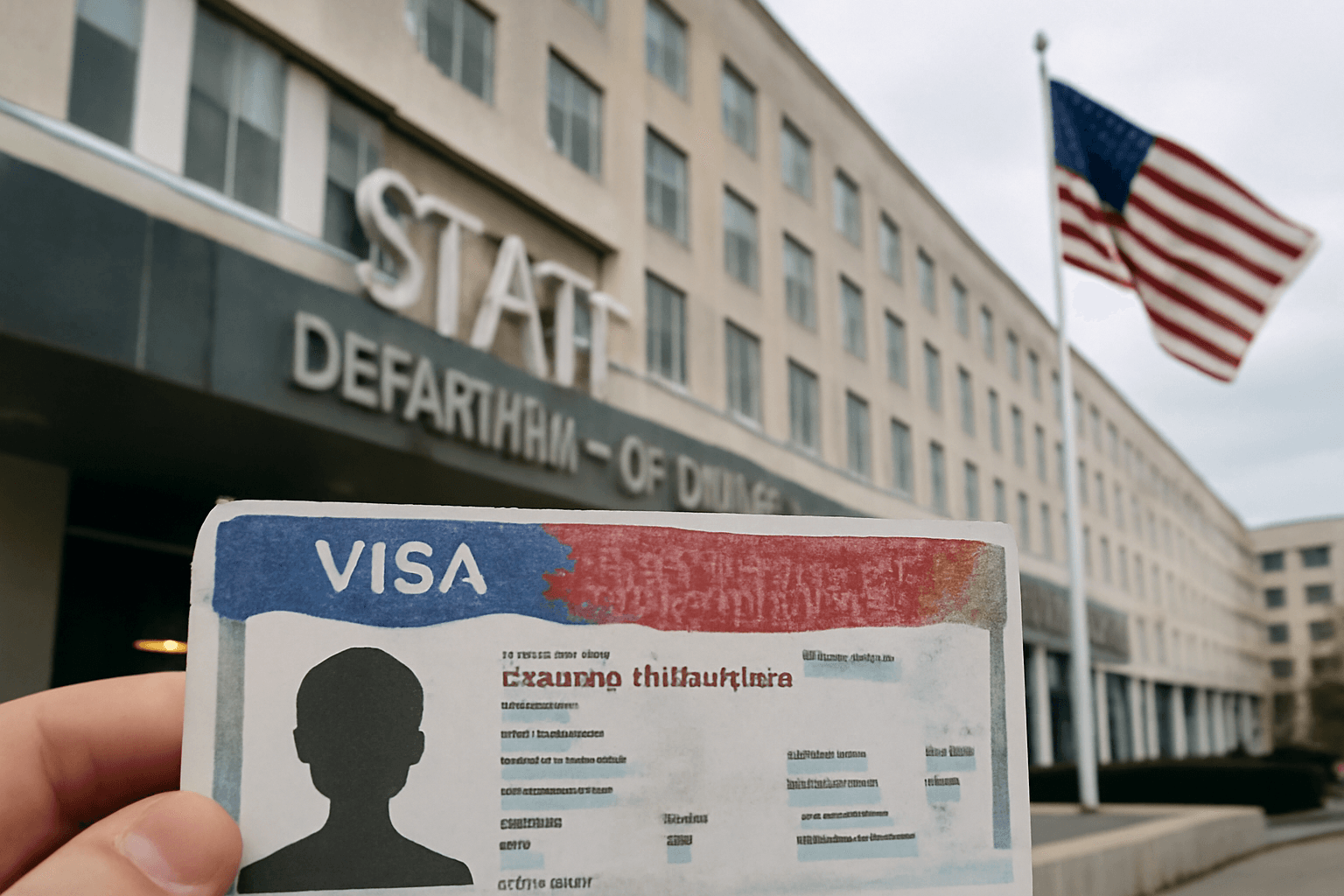New DOJ Directive Accelerates Immigration Case Dismissals
The Department of Justice recently issued a controversial memo instructing immigration judges to swiftly dismiss certain cases, a move designed to rapidly increase detentions and deportations. This strategy bypasses the usual 10-day response window, allowing dismissals to be granted orally and within the same hearing slot.
How the New Tactic Works
The memo, dated May 30, directs immigration judges—who operate under executive branch authority rather than as independent judiciary members—to permit attorneys from the Department of Homeland Security (DHS) to make motions to dismiss cases orally. Judges are instructed to approve these dismissals immediately during the hearing, without requiring additional documentation or briefing.
Once cases are dismissed, the individuals often enter expedited removal proceedings, a process which denies them the opportunity to present asylum claims before immigration judges. Moreover, those subjected to expedited removal face mandatory detention and may be taken into custody by Immigration and Customs Enforcement (ICE), a DHS agency.
Legal and Ethical Concerns Raised by Immigration Judges
While this approach is reportedly legal, it has drawn sharp criticism from within the immigration judiciary. A source close to the immigration judges' union described the policy as undermining the fairness of the immigration enforcement process, contradicting the administration’s own immigration promises.
“They think it makes a mockery of the whole process and that it flies in the face of what Trump ran on. Immigration enforcement means it's done in a fair manner ... and this isn't fair,” the source said.
Immigration judges are prohibited from speaking to the media outside of their union channels, so direct comment remains limited.
Questionable Interpretation of the Immigration and Nationality Act
The memo leans on a provision from the Immigration and Nationality Act (INA) to justify dismissals but appears to misrepresent its wording. It states that cases may be dismissed when "circumstances have changed to such an extent that continuation is no longer in the best interest of the government," dropping the crucial phrase "of the case."
Legal experts argue this omission is intentional, shielding DHS from explaining specific reasons behind dismissal motions, which the law requires. Greg Chen, senior director of government relations at a leading immigration lawyers association, stated that the new guideline potentially violates the INA and could be deemed unlawful.
“The omission of the words 'of the case' is deliberate because DHS is trying to avoid having to speak to the individual case. The law requires them to provide particular reasons for their motion, and they are not doing that,” Chen said.
Operational Challenges and Impact on Immigrant Communities
Jason Houser, former ICE chief of staff, highlighted that while the tactic might enable ICE to detain more individuals, it may not speed up deportations given limited detention capacity. ICE currently holds over 51,000 immigrants, exceeding its authorized capacity of 41,500, which strains resources and risks penalties related to custody conditions.
Houser also cautioned that this approach predominantly affects vetted migrants with legal status, swelling the detention system with thousands of noncriminal individuals and detracting focus from higher national security threats.
Looking Ahead
This latest DOJ directive signals a shift towards a faster, more aggressive immigration enforcement strategy. However, the legal ambiguities and operational challenges it poses have sparked concern among immigration judges, legal experts, and advocates, raising questions about fairness and due process in the nation's immigration system.



















